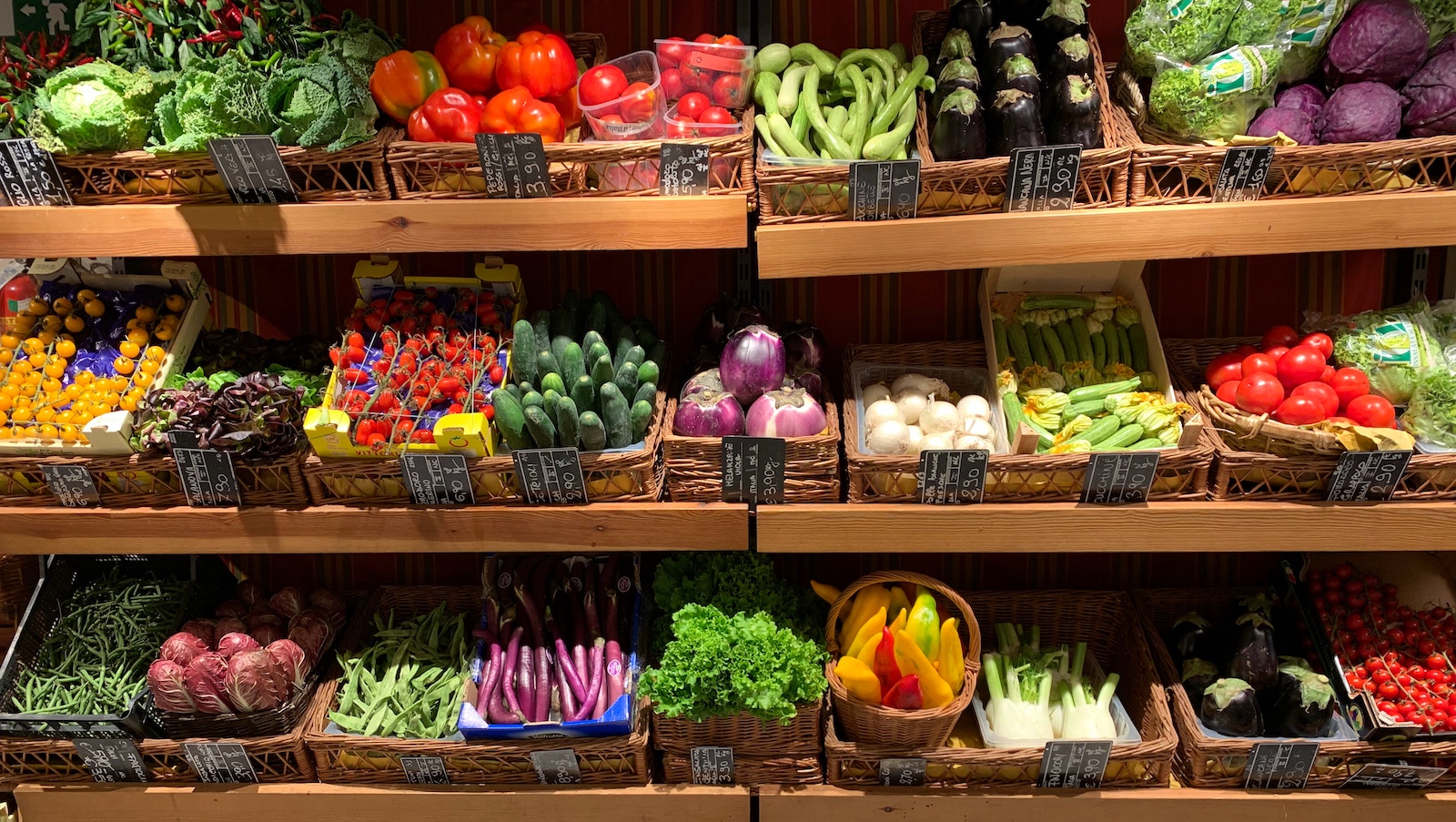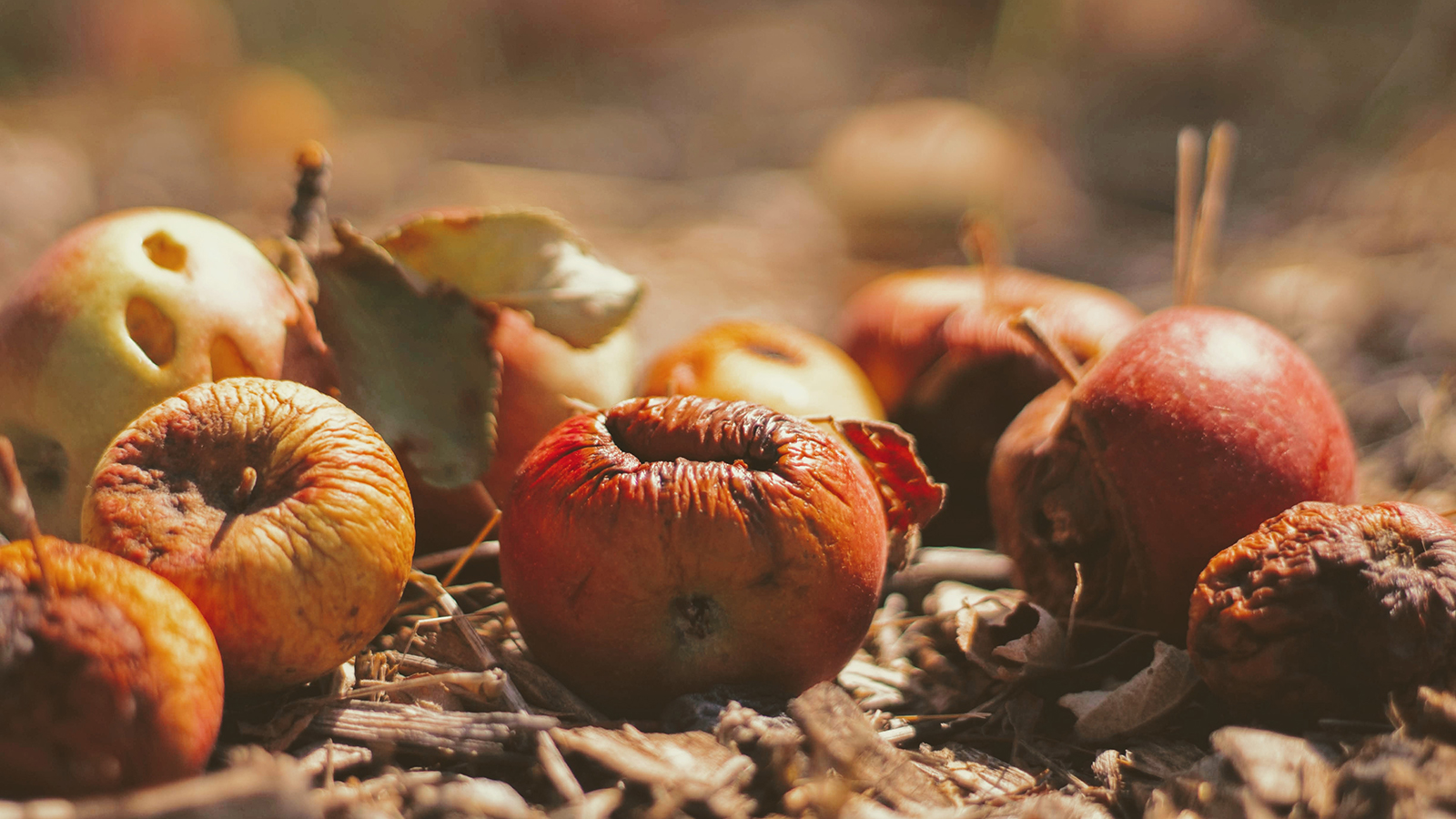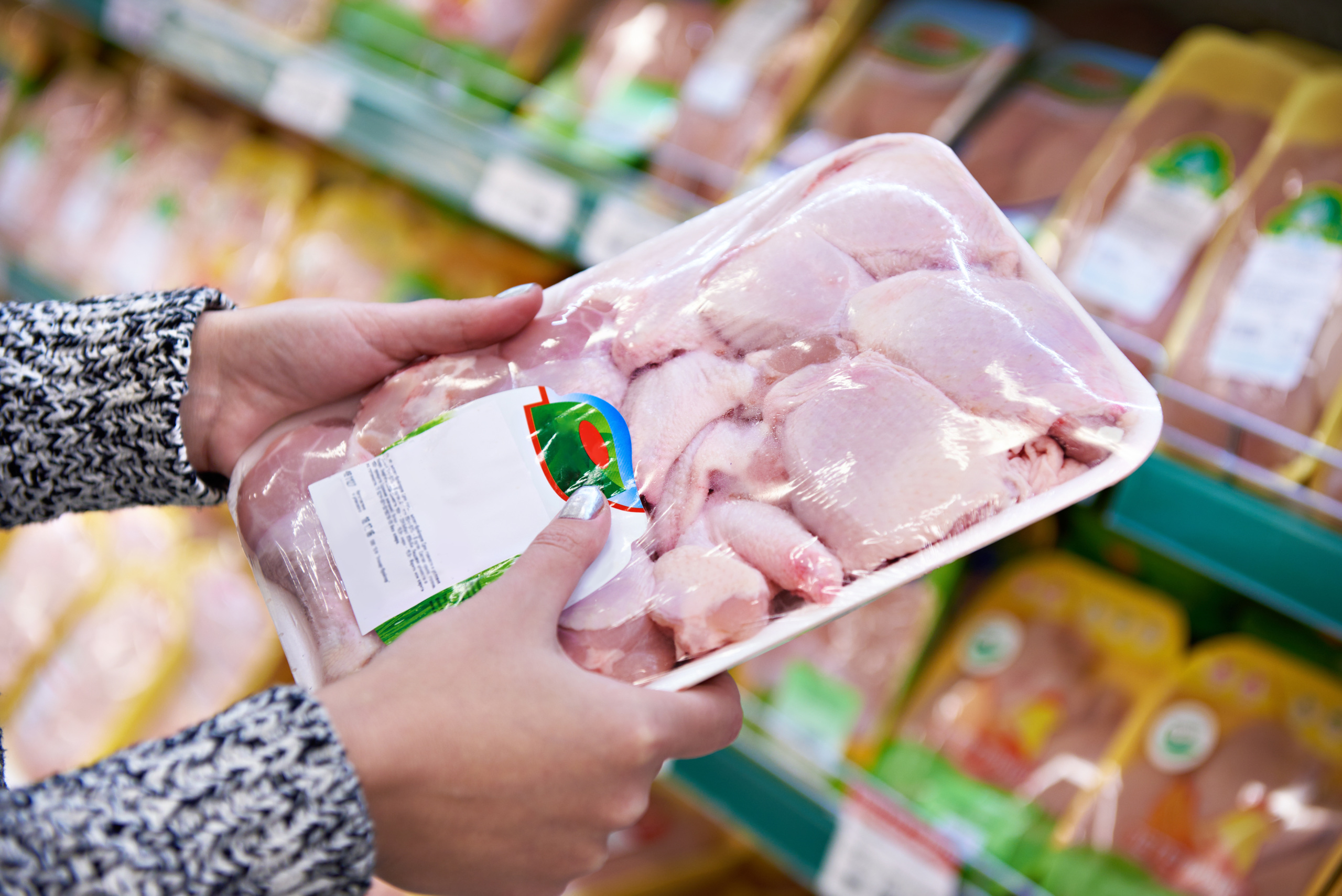
Apples to Twinkies 2013
At a time when America faces high obesity rates and tough federal budget choices, taxpayer dollars are funding the production of junk food ingredients. Since 1995, the government has spent $292.5 billion on agricultural subsidies, $19.2 billion of which have subsidized corn- and soy-derived junk food ingredients.
Downloads
Arizona PIRG
At a time when America faces high obesity rates and tough federal budget choices, taxpayer dollars are funding the production of junk food ingredients. Since 1995, the government has spent $292.5 billion on agricultural subsidies, $19.2 billion of which have subsidized corn- and soy-derived junk food ingredients.
These subsidies are all the more egregious at a time when America is facing an obesity epidemic. Children are three times more likely to be obese than their counterparts three decades ago. With over 31 percent of the adolescent population now overweight or obese, and estimates of obesity-related medical costs reaching $150 billion per year, it is absurd that the federal government continues to finance the production of sweeteners and oil additives.
The concentrated distribution of subsidy payments further demonstrates how the current system fails to appropriately direct federal dollars. The system disproportionately benefits larger commodity crop producers, sending tax subsidies to large, already-profitable players. These subsidies also do not fund all crops equally. Apples, the only fruit or vegetable to receive significant federal subsidies, garnered only $689 million over the same period.
Had these subsidies gone directly to America’s 146 million taxpayers, the apple subsidies would enable each taxpayer to buy
half an apple each year—but the annual junk food subsidies would add up to nearly 20 Twinkies each.
Topics
Find Out More


The food we waste could end hunger

Superbugs in Stock

